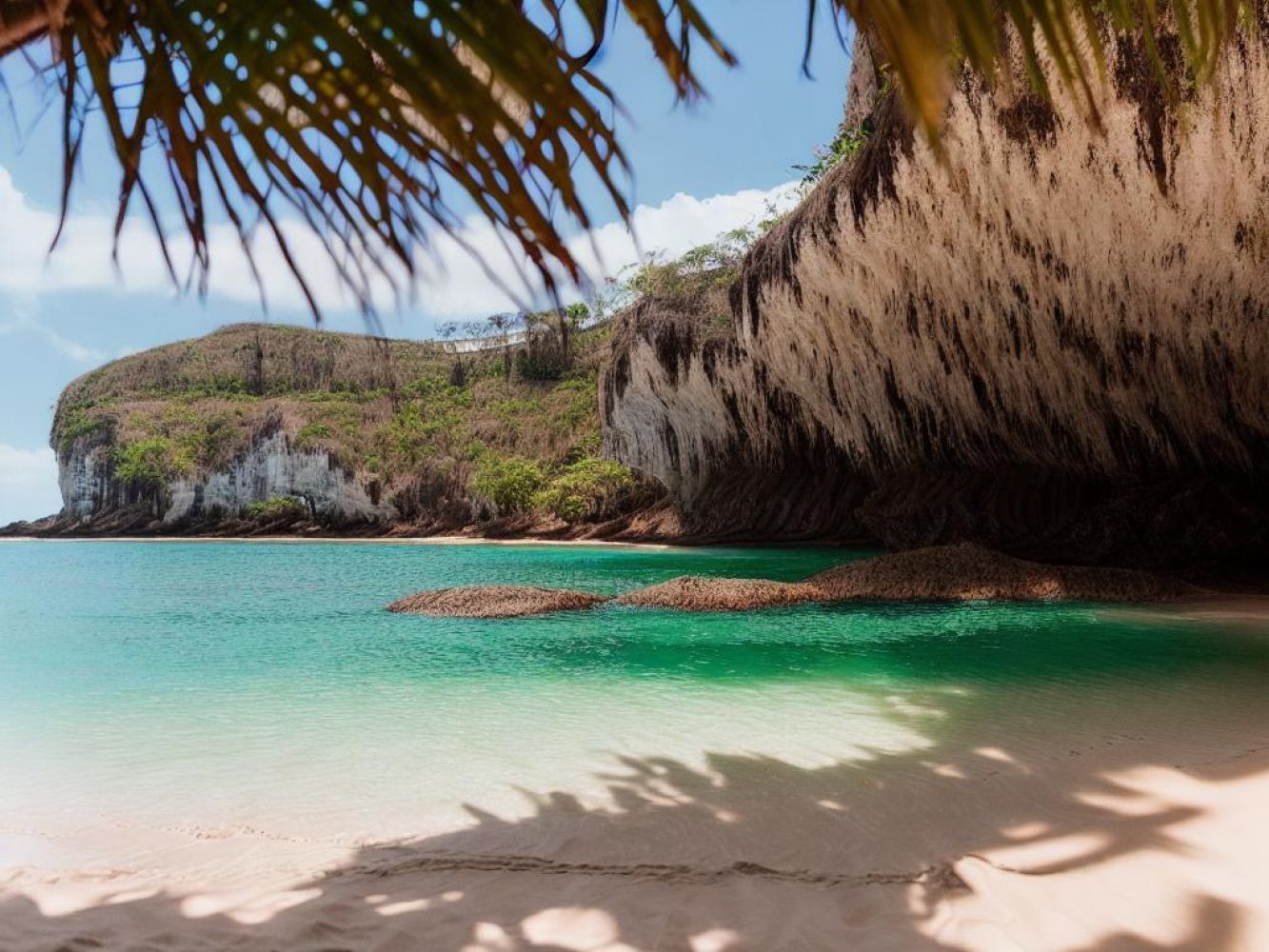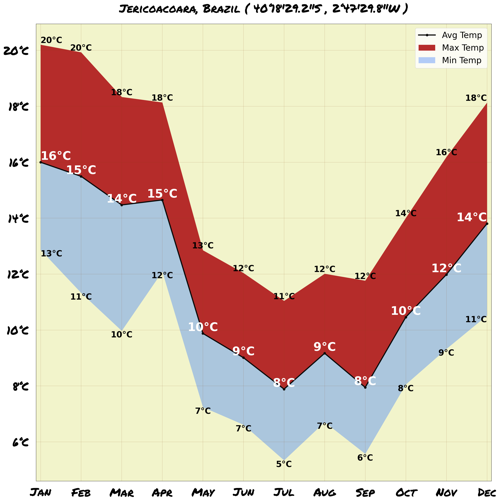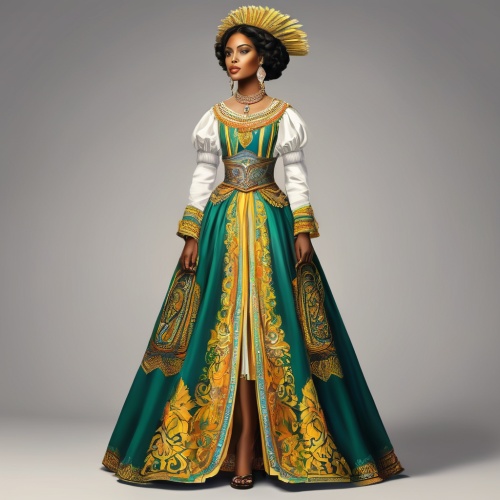Understand
Jericoacoara, a hidden gem in Brazil, is a place of tranquility and simplicity. Unlike the bustling modern world, this coastal village offers peaceful sandy streets, endless beaches, and a perfect blend of warm water and gentle breezes. Just a few decades ago, Jericoacoara was a secluded fishing village with no roads, electricity, or modern amenities. It was a place where money was rarely used, and time seemed to slow down. However, since its declaration as an Environmental Protection Area in 1984 and the subsequent establishment as a National Park in 2002, Jericoacoara has undergone changes. Electricity has arrived, allowing for hot showers and air conditioning, but the illumination of the streets is still forbidden by local law, preserving the village's unique charm. Discover the untouched beauty of Jericoacoara, where you can escape the hustle and bustle of everyday life and embrace a simpler, more peaceful existence.
Map & Climate
Popular Foods
 Feijoada is a traditional Brazilian stew made with black beans and various meats, typically including pork, sausage, and beef. It's cooked slowly with onions, garlic, and spices, resulting in a rich and hearty dish. Often served with white rice, orange slices, and farofa (toasted cassava flour).
Feijoada is a traditional Brazilian stew made with black beans and various meats, typically including pork, sausage, and beef. It's cooked slowly with onions, garlic, and spices, resulting in a rich and hearty dish. Often served with white rice, orange slices, and farofa (toasted cassava flour).  Pão de queijo, also known as Brazilian cheese bread, is a popular snack or appetizer made with tapioca flour and cheese. These small, round balls have a crispy exterior and a soft, cheesy interior. Commonly filled with cheese like mozzarella or minas cheese, they can be enjoyed warm or cold.
Pão de queijo, also known as Brazilian cheese bread, is a popular snack or appetizer made with tapioca flour and cheese. These small, round balls have a crispy exterior and a soft, cheesy interior. Commonly filled with cheese like mozzarella or minas cheese, they can be enjoyed warm or cold.  Moqueca is a seafood stew originating from the northeastern region of Brazil. It consists of fresh fish, shellfish, coconut milk, onions, tomatoes, and regional spices, cooked in a single pot. Usually served with white rice, it showcases the abundance of seafood found along Brazil's extensive coastline.
Moqueca is a seafood stew originating from the northeastern region of Brazil. It consists of fresh fish, shellfish, coconut milk, onions, tomatoes, and regional spices, cooked in a single pot. Usually served with white rice, it showcases the abundance of seafood found along Brazil's extensive coastline. 




Comments
NO COMMENTS